Email Marketing for Musicians: Types of Emails and Best Practices
When you advertise music by email, you can inform fans about forthcoming performances, album releases, band merch discounts, band interviews, music videos, and much more. Email provides direct access to your audience, which is not always the case with social media. To reach your full audience on Facebook, you must generally pay (in the form of a “boosted post”). You’re competing for your followers’ attention on Twitter and Instagram with hundreds of other accounts they follow and see in their feed.
Your messages are significantly more likely to be seen when sent via email. That is why it is critical to prioritize the development of your email list. Once you’ve gathered your fans’ email addresses, you have complete discretion over what you do with them, how you send messages to them, and so on. Unlike social media sites, which have control over their own networks and how they wish to expose your postings to fans.
In this article, I will share with you how you can use Email Marketing for Musicians. Let’s jump right into the details!
6 Common Types of emails that musicians should send
1. Welcome emails

When your fans sign up for your email list, they will receive a welcome email as an autoresponder. For the majority of artists, these are undiscovered goldmines… People anticipate to receive an email from you as soon as they sign up, so they’re ready to open it. According to data from all email marketing platforms, welcome emails have the greatest open rate of any sort of email, averaging 50%!
What you put in your welcome email is determined by the information on your sign-up form. If you are persuading people to sign up for your list in exchange for a 10% discount on your new CD, you must instantly deliver on this promise by providing them with the discount code and a link to where they can make their purchase.
A strong pitch in the welcome email, on the other hand, may be overly pushy if your sign up form offers a free download or is somewhat neutral. Begin with a heartfelt thank you and give the following information succinctly:
- Welcome them to your community, group, or family, as you like.
- Tell them what they may expect in terms of email frequency and substance from you.
- Encourage people to follow you on all of your social media channels.
- To start a discussion, ask them a question or two.
- If you offer a freebie in your sign-up form, include a clear link to where they can get it.
- Request that they whitelist you (add your email address to their contact list) so that your future emails do not end up in their spam folder.
- Allow them to unsubscribe if they believe they received this email in error.
Because this is a lot of information, a series of welcome emails may be preferable to a single one. Keep your final goal in mind as you build up an automatic sequence of welcome emails. Assume your goal is to sell more CDs. It may take several emails to accomplish this goal. If possible, use their first name in the subject line. This is your initial impression, so make it a good one. Be approachable and friendly.
2. Tour announcement email
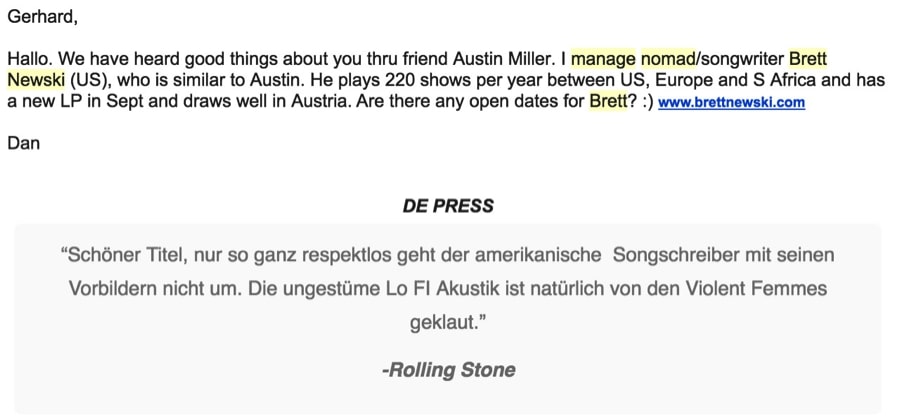
Before any tour, make use of your email list. If you travel to a bigger area, you should preferably separate your list by zip code so that you don’t flood the inboxes of folks in Los Angeles with information about your New York gig.
Email people a few weeks before the concert if it’s a single, local gig. Tell them all they need to know about the performance, including the venue’s name and address, the day and time of the show, the other acts on the bill, ticket prices, and so on.
Send a short reminder the day before or on the day of the event. To make it more appealing, constantly provide a compelling reason why they should attend your event. If you play frequently in the same region, it’s easy to fall into the trap of thinking that “it’s just another gig”.
For that reason, you should make an effort to do something unique each time. Will you be singing a new song? Is it worth noting any of the other bands on the bill? Maybe you’re filming a music video and need live footage of your crowd so they can appear in your next video. Do you have any new amazing merchandise to show off?
Perhaps you’ll give some away to the first few people who purchase tickets? Is the show for a good cause? Is it held in a one-of-a-kind location? Anything you can think of to make it apart from your previous (and subsequent) gigs.
If you’re going on a longer tour, it’s fine to send out all of the dates and important information to your complete mailing list. This can be sent in advance for a longer period of time. Also, two weeks before each concert, email segmented show reminders.
3. New album announcement Email
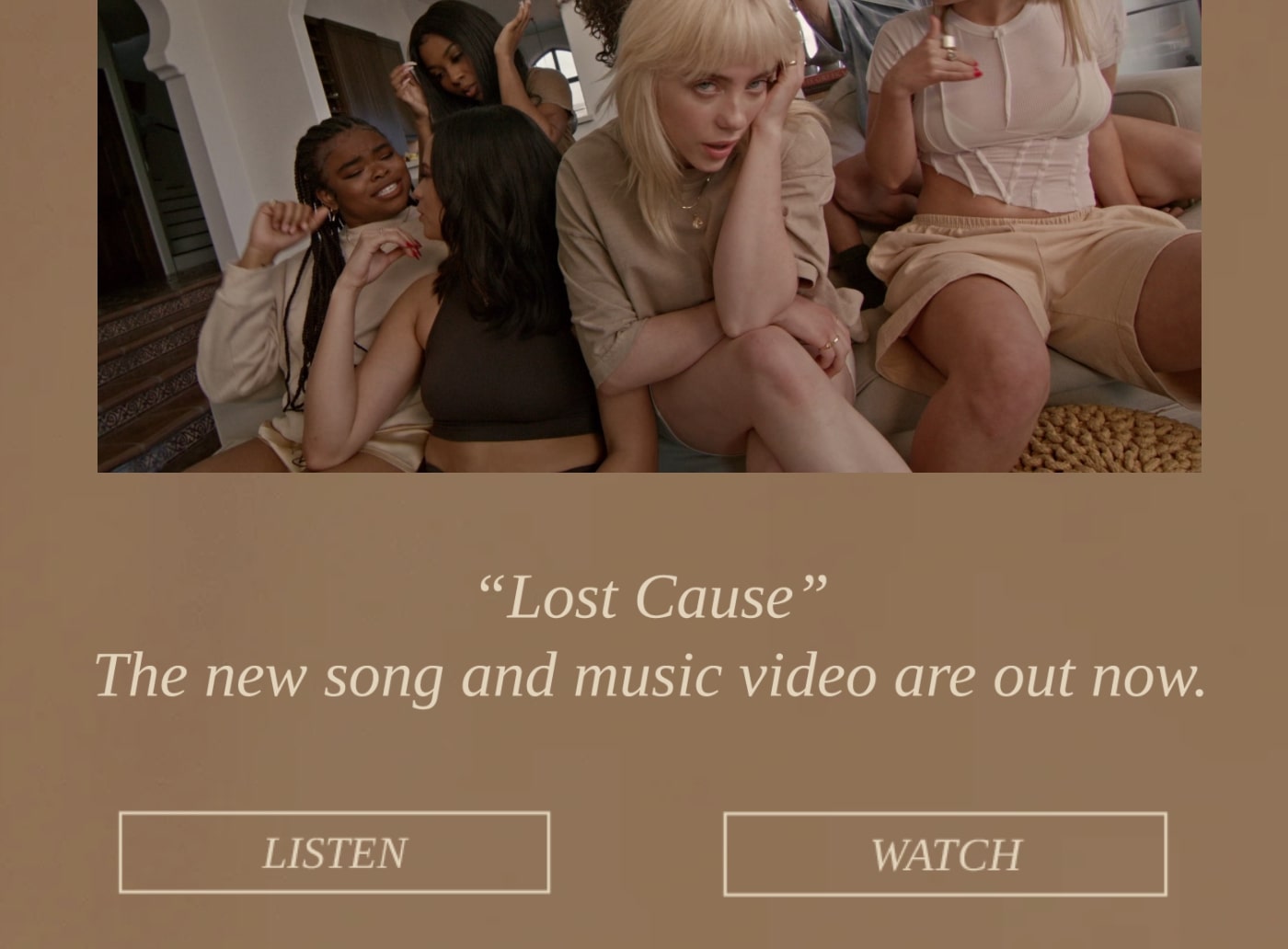
You should, of course, inform your fans and email subscribers about your new record! You most likely have so much to say about it that the problem isn’t coming up with something to write, but limiting what you should write.
The CTA is, of course, to persuade them to buy your new, fantastic CD. You should also include a short story about it, whether it’s about the recording process, the significance behind a particular song, how you came up with the artwork idea, who you’d want to thank, or anything else that you think is fascinating. Keep it brief and to the point.
You can also offer a free download of a song, a video, artwork images, and so on. Scarcity and urgency can be created by offering a special pricing for a limited time only, or autographed copies to the first x number of buyers, additional tracks, bundling it with special posters, stickers, and so on. Also, encourage folks to tell all of their friends about the wonderful news!
4. Before the release Email

Because the release of an album is such a significant event in your career, you should not keep it a secret until the date arrives. Sending many emails before the release might help you build a lot of momentum and anticipation. You can contact your followers about the entire process while you’re creating and recording your music.
Rough demos, daily journal entries from the studio, video snippets from the sessions, artwork draft ideas, solicit feedback from your followers, share lyrics, images of the studio, the gear, the engineer, the snacks, the coffee machine, and so on are some possibilities.
5. Newsletters Email

Newsletters, which should cover two to four different themes, should be a little more substantial than your performance or album announcements. Newsletters should ideally be sent at regular intervals so that your supporters know what to expect from you. They should not be overt sales pitches, but a more subtle call to action is perfectly appropriate.
Newsletters should be branded in a consistent manner. For a while, try to keep to the same template. Create a header image or logo that you may use. Most email marketing platforms will include a variety of pre-made newsletter template styles. Feel free to experiment with different media to keep things interesting. Make use of photographs, graphics, and videos.
Because your admirers want to get to know you, the topics you can discuss are somewhat limitless. Write about something that interests you or is new to you. It is entirely up to you how intimate and personal you want to be. Be honest to yourself and your degree of comfort.
You can, for example, share road anecdotes, playlists of what you’re currently listening to, images of your rehearsal area, videos of your dogs, things that inspire you, food pics or recipes you like, a list of your favorite movies, licks you’re practicing, or anything else you think is noteworthy!
6. Order confirmation emails
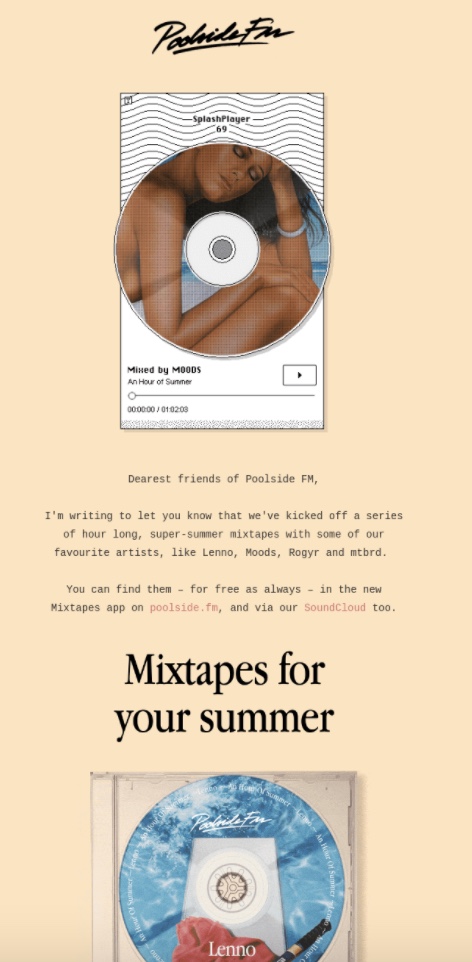
When someone orders something from your website, you should send them an order confirmation email. Your ecommerce site is most likely using a generic email template that gives them a summary of their order.
Don’t get me wrong: the order information, as well as a heartfelt thank you, are required, but you don’t have to stop there. They’ve just bought something from you! They adore you! They’re enthusiastic and eager to help you in any way they can. Here are some suggestions:
- Request that they spread the love to their friends. Include connections to your social media networks, and encourage customers to like your pages or share their purchases.
- Display a related product to them. If they purchased your most recent CD, you might inquire if they have your first CD and provide a convenient link for them to purchase it.
- Give them a coupon code for a discount on their next purchase from your website.
- Include a list of your forthcoming shows, as well as links to purchase tickets or RSVP.
4 Email marketing Best Practices For Musicians
As a musician, how do you email? It’s similar to how other brands approach it – stick to the fundamentals and allow your personality and talent to show through. Here’s a simple four-step email marketing guide for musicians:
1. Build and grow an email list
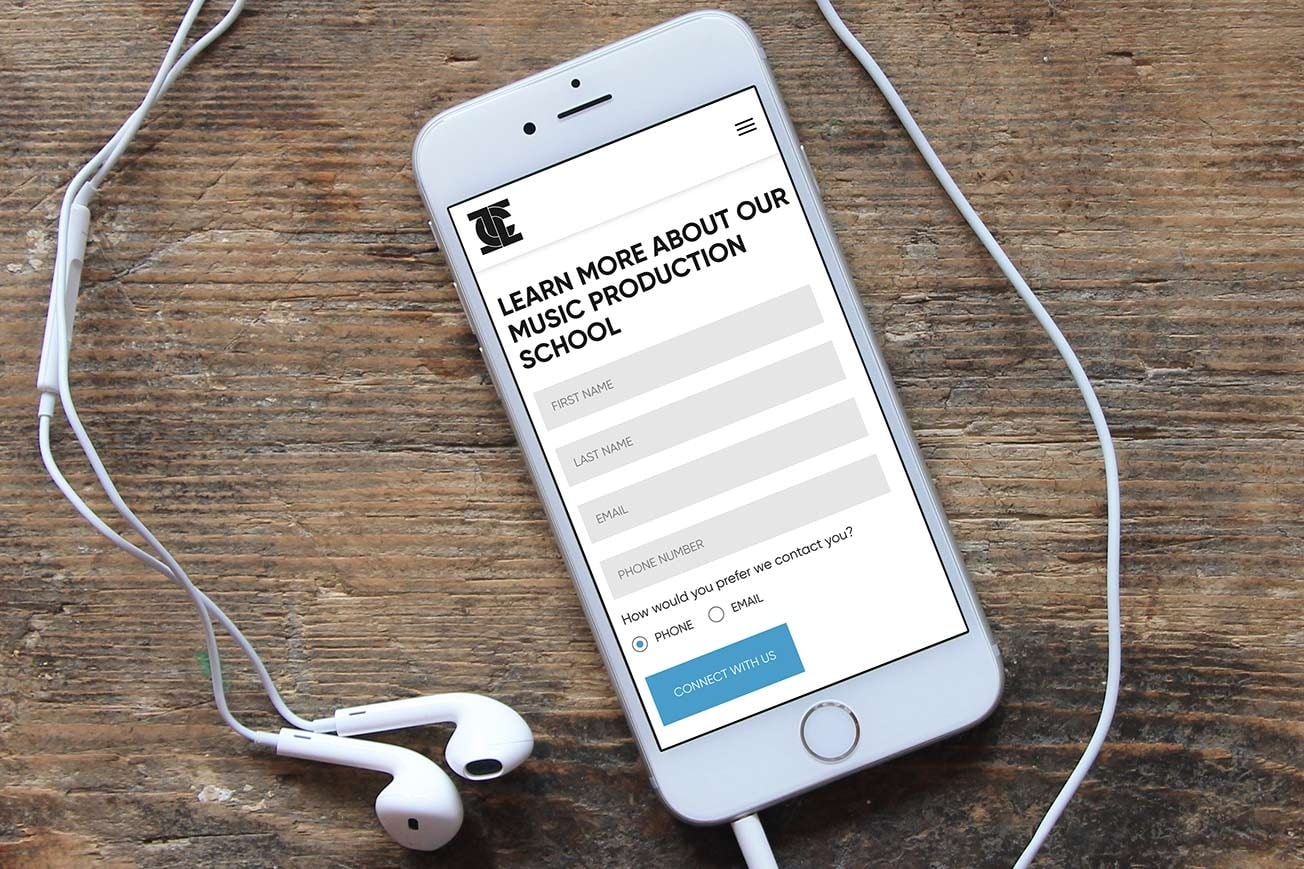
The first thing you’ll need to get started with email marketing campaigns is an email list. There are a few ways to construct one, and combining them is your best bet. You can provide your fans with a lead magnet - something in exchange for signing up.
A suitable lead magnet for a musician or band might be an exclusive recording, sheet music for your songs, studio outtakes, a sample of a forthcoming single, unreleased album art, or even a quiz on your website in exchange for the results. You may market your email list as if it were a product, and you can even leverage the power of sponsored marketing and social media to obtain newsletter subscribers.
Use Signup forms to Acquire Emails Leads
You’ll need a signup form on your website or a dedicated landing page to collect emails. It’s best to explain the benefits of joining your email list, such as receiving updates, tour dates, merch coupon coupons, and so on. My advice is to collect only the necessary information, such as name and email address, as more elaborate forms may appear overwhelming at first. Here are some samples of signup forms for artists, as well as what occurs once you join up.
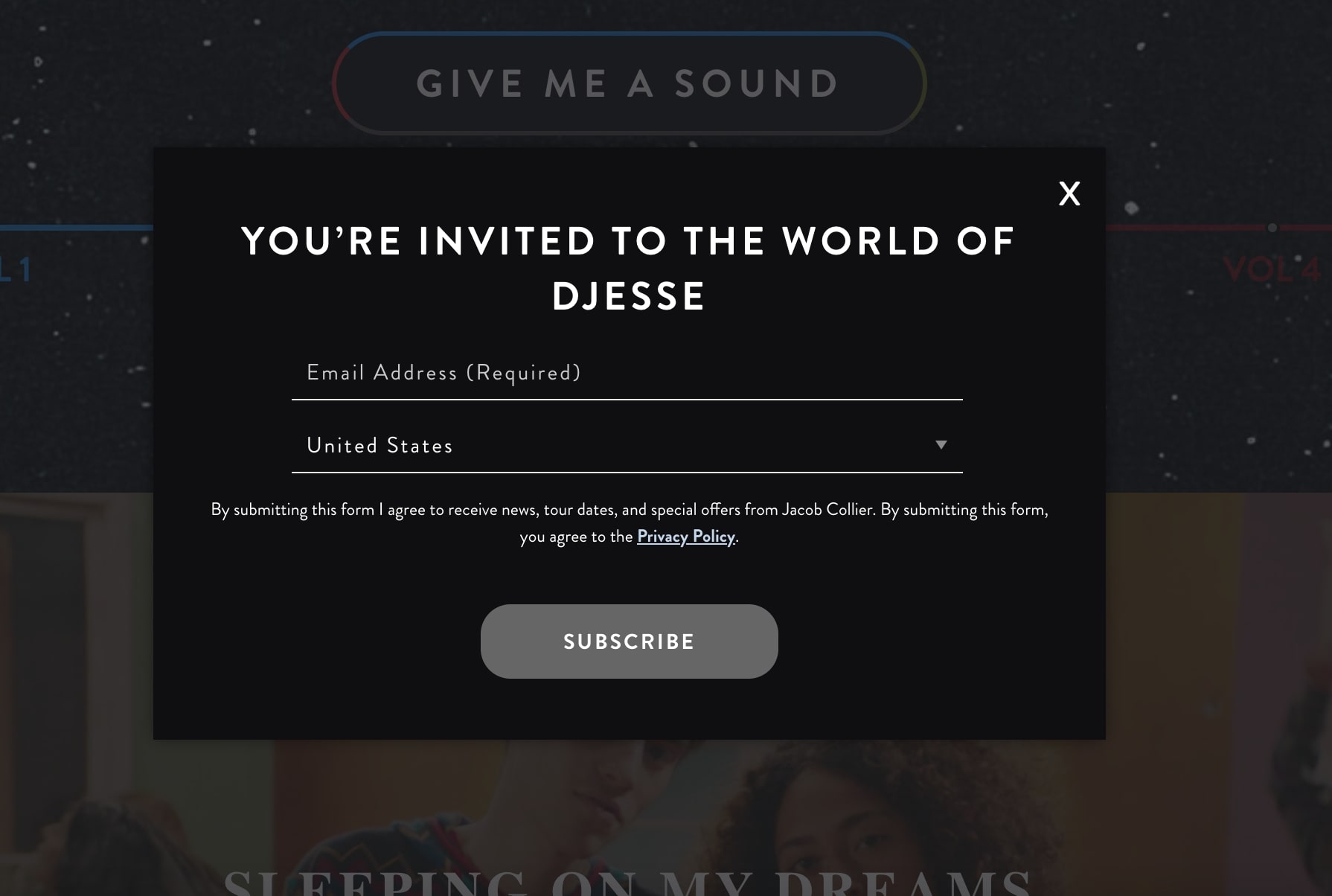
The signup popup shown above is from Jacob Collier’s website; the headline is tempting, and the form is basic and brief. You will receive a welcome email shortly after subscribing, which is a recommended pleasant gesture to say hello to your fans. With the help of marketing automation, sending such an email is a breeze. “Welcome to the Jacob Collier family!” said the subject line. and this is how it appears:
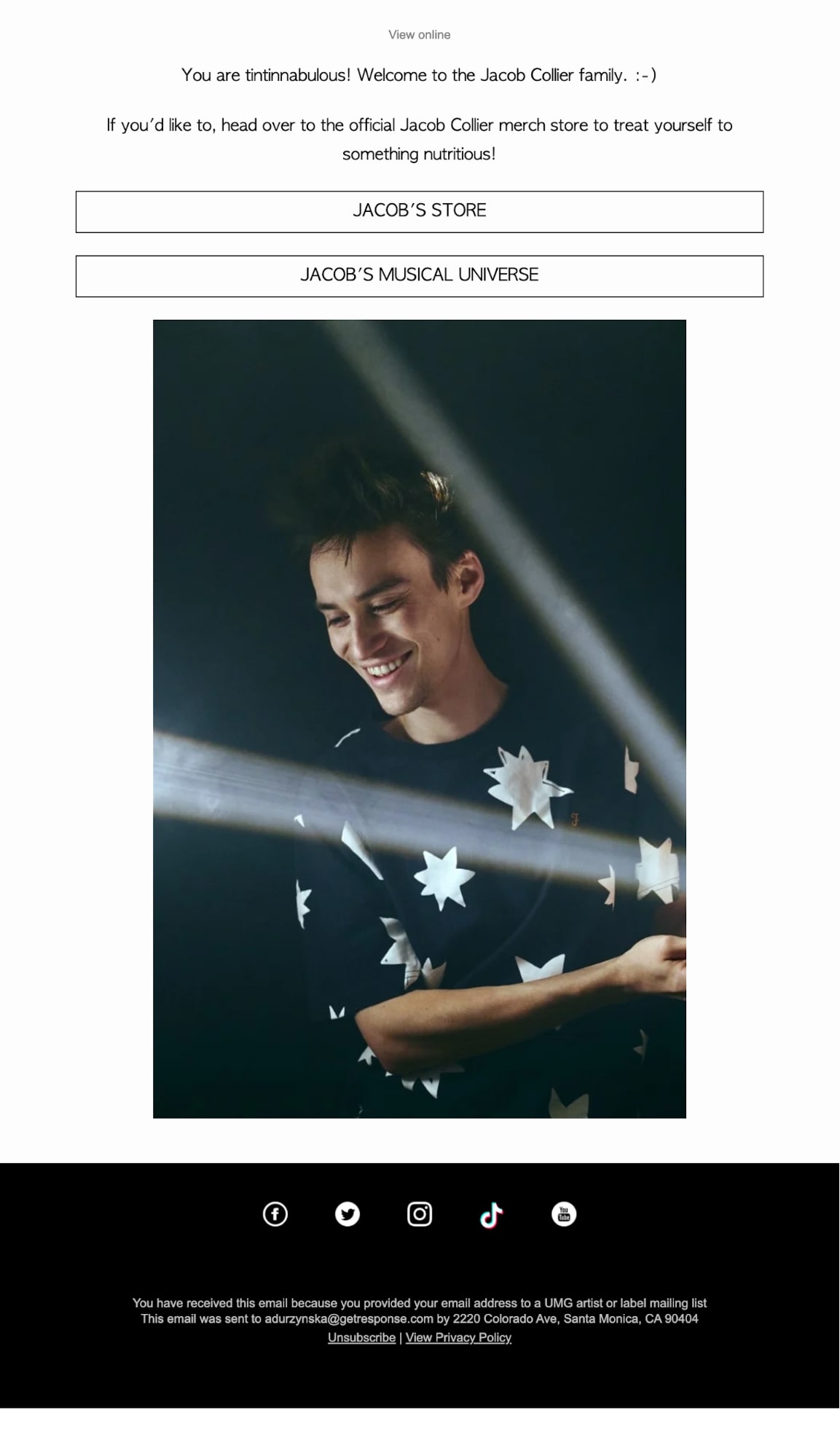
Below is an example of a signup form from Lawrence, a NY based band:
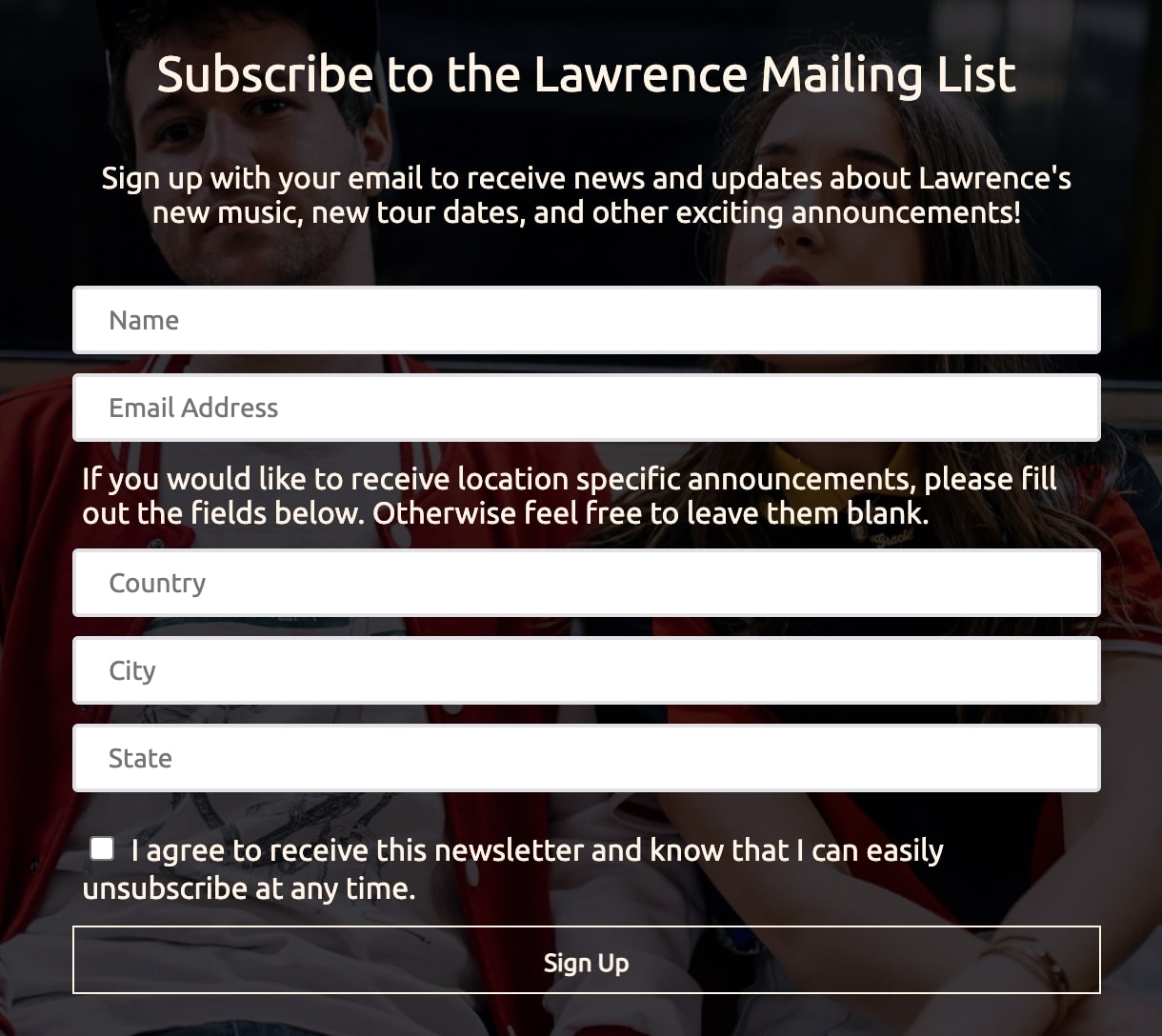
The form is a little lengthier, however entering your location is optional. The objective of collecting data regarding the subscriber’s location is clearly stated in the form’s language — to receive location-specific announcements. There is also a permission area, which guarantees subscribers that they can unsubscribe at any time.
There are different data protection requirements around the world, and sending a confirmation email is a simple approach to ensure you have the subscriber’s full authorization to send them email updates and store their data. Here’s how it appears:

Attract Email Leads On Social Media
Social media presence is very important these days for any musician or band. It helps you to acquire exposure, interact with fans, and discover new chances - you get the idea. You may also use the platforms to create an email list. And here’s how it’s done:
If you have any supplementary content that can be gated (needs registration), promote it on Twitter and Facebook.
Add CTAs (call-to-actions) like “Sign up” whenever you can — in the descriptions of your YouTube videos, your Instagram bio, and so on. With an email signup form, direct them to your website or landing page. You can use an incentive such as “sign up to receive my sheet music” or “sign up to receive a discount code.”
Run contests on your social media channels that demand an email address to enter and connect to a landing page. (When it comes to contests and freebies, remember to obey the rules.) Take advantage of lead-generating Facebook Ads to attract and convert the exact audience you’re looking for.
Encourage your YouTube viewers to not only “like and subscribe” to your channel, but also include a line or two in your script describing the benefits of joining your list. A final screen with a link would also be a nice addition.
2. Prepare your emails
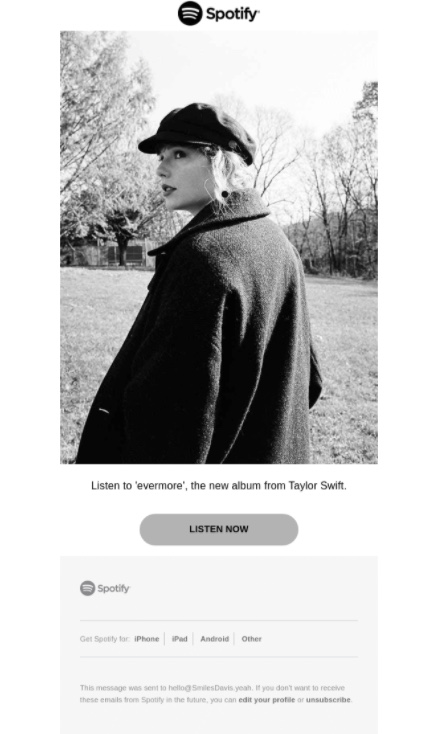
You now have a list of folks who wish to hear from you/your band through email. What comes next? The next step is to create your first email campaign. Of course, there are hundreds of methods to communicate with your fans via email, so let’s go over the most common sorts of email for musicians.
3. Automate your campaign
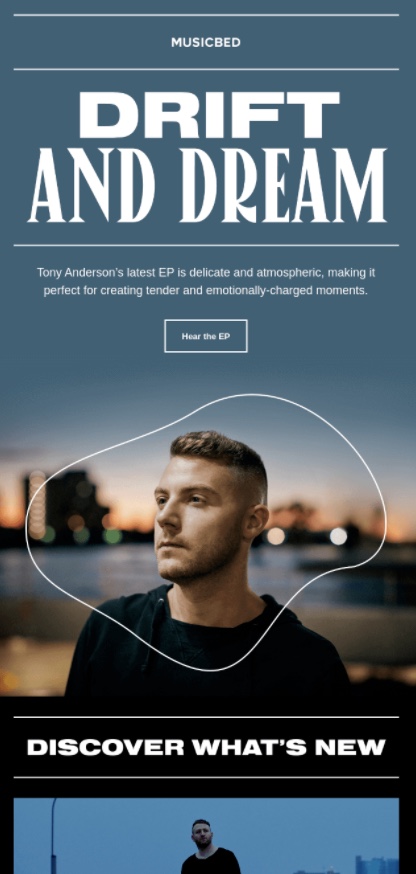
As I briefly said earlier, you don’t have to send every email by hand; most campaigns can be automated. It’s all because of marketing automation. Marketing automation is a strong technology that simplifies email marketing. Essentially, it is the linking of actions and their triggers into a process that, once set up, will do all of the work for you (so you have more time to play your music).
You could, for example, send a welcome email series. Assume someone hits your page and registers. Set up emails to be sent out every week after the signup, with each one offering material that gradually introduces you to your subscribers. Provide enjoyable activities and chances so that your fans can consistently engage with you.
Marketing automation can be used to score engagement, tag and segment people, and deliver them more targeted campaigns. If you sell merchandise, use automation to deliver purchase information. Do you want to send each of your followers a happy birthday? It is possible to automate the process. Here’s a fantastic example of an automated email series email:
The email is the third in a series that was designed to provide fans the option to purchase a new, one-of-a-kind, limited-edition poster design for each night of the tour. They provide a secret, subscribers-only link as well as a secret password, and the deal is only valid for 30 minutes. The only limitations of marketing automation are those of creativity.
The email is the third in a series that was designed to provide fans the option to purchase a new, one-of-a-kind, limited-edition poster design for each night of the tour. They provide a secret, subscribers-only link as well as a secret password, and the deal is only valid for 30 minutes. The only limitations of marketing automation are those of creativity.
4. Measure your results
To maintain control over how effectively your marketing efforts are performing, you must measure the results and adjust the email campaigns accordingly. Fortunately, the statistics are usually self-explanatory and simple to comprehend. The following are some of the most critical indicators and KPIs for your campaigns:
- Email open rate
- Click-through rate
- Click-to-open rate
- Bounce rate
- Unsubscribe rate
- Deliverability rate
- Spam complaint rate
- Average revenue per email sent
- Email campaign profitability
Compare your achievements and data to the Arts & Entertainment industry’s email marketing benchmarks. If you’re not pleased, it’s time to go deeper into your email list and campaigns to figure out why your rates are different. For example, you can A/B test the emails you send to discover which performs best and then stick with the winning strategy.
Final words
That’s it! I hope that this article has provided you with valuable information and tips on how to get started with email marketing for musicians. Please feel free to leave comments below for further discussion on this topic!
New Posts

How To Set Up Google Analytics 4 For Your BigCommerce Store






